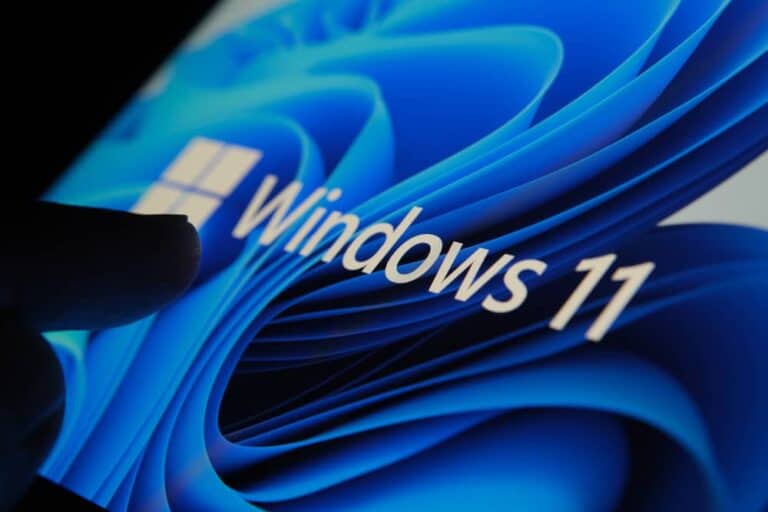A previously unknown trick makes it easy to circumvent the use of a Microsoft account in Windows 11, just as Microsoft is trying to make it more difficult to use local accounts.
Since the release of Windows 11, Microsoft has closed many loopholes for anyone who wants to work with the OS without an account. The company has made it increasingly difficult to use a local account in the operating system. Instead, the company wants people to use a Microsoft account because many functions of the operating system depend on cloud-based services.
Last week, Microsoft removed the BypassNRO.cmd script from the Windows 11 preview versions. This script allowed users to bypass the Microsoft account requirement when installing the operating system. Although the registry keys used by the script still function, it has become more difficult to apply them. This is because users now have to enter them manually or edit the registry themselves.
Simple trick for local accounts
Last Saturday, X user Wither OrNot shared a much simpler way to bypass the Microsoft account requirement in Windows 11. BleepingComputer confirms that this method works.
During the installation of Windows 11, when the screen says “Let’s connect you to a network”, you can use the key combination Shift+F10 to open a Windows command prompt. Then type the following command: start ms-cxh:localonly. Then press Enter to open a window in which you can create a new local user for the Windows 11 installation.
After filling in the details and clicking the Next button, the Windows 11 installation will continue. But this time, the installation process will continue with the locally created account, without asking you to use a Microsoft account. After installation, you can confirm that a local account is being used by clicking the Start button and then clicking on your account name.
This command makes it much easier to use a local account when setting up Windows 11, even compared to the earlier BypassNRO method.
It is unclear whether Microsoft will remove this command in the future. Since the command ‘start ms-cxh:localonly’ seems to be more deeply integrated into the operating system than a simple script, it will probably be more difficult to remove.
